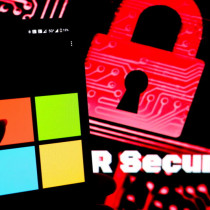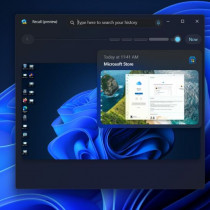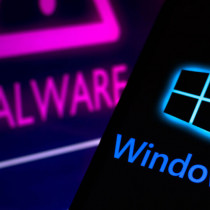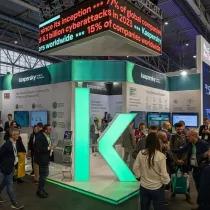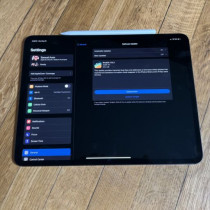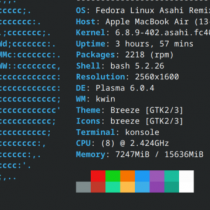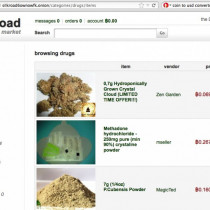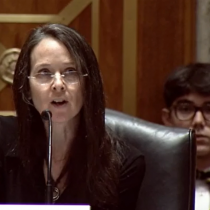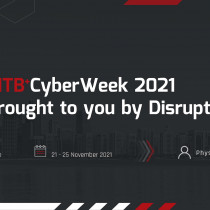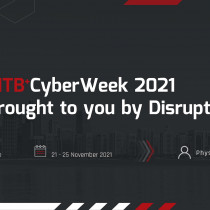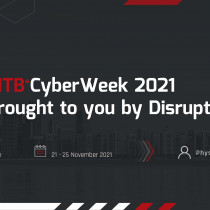Startup's blazing-fast chip could shake up industry
A little-known Austin startup expects to make a big splash in the chip industry today when it unveils a new design technology that could transform the way extremely fast processor chips are created. The announcement by 4-year-old Intrinsity Inc. offers further evidence of Austin's prominence as a hot spot for designing processor chips, which are the glamour products for the semiconductor industry.
Intrinsity is showing off a test chip using its design know-how that runs at a blazing-fast 2.2 gigahertz -- 2.2 billion cycles a second. Other processor chips have approached that speed, but only after using very expensive and specialized manufacturing processes.
Chip experts say Intrinsity's announcement should send shock waves through the performance-hungry processor market, where companies including Intel Corp., Advanced Micro Devices Inc. and Motorola Inc. are spending billions of dollars developing complex new manufacturing processes to nudge the performance upward for their chips.
Intel Corp. is expected to announce a 2-gigahertz Pentium 4 processor this year, but Intel will use very expensive and specialized manufacturing methods to achieve that speed. Intrinsity's test chip achieved faster performance using conventional methods, where other chip makers have generated chips running at 400 to 500 megahertz, or about one-fourth as fast as the Intrinsity chip.
Processors are vitally important chips because they execute software instructions that control computers, cellular phones, communications equipment and dozens of other high-tech products.
Intel Corp. has become the largest and richest company in the chip industry by commanding the market for personal computer processors.
"This is one of the most fundamental breakthroughs in design technology in the last 20 years," said Intrinsity chief executive Paul Nixon, a 43-year-old veteran of the processor design business who has worked for Texas Instruments Inc. and Apple Computer Inc. Nixon's company has applied for 70 patents and has had more than 40 allowed.
Today's announcement is a huge step for Intrinsity, which survived in its early years by designing chips for other companies. Intrinsity has raised $16.5 million in investment funds so far, including a $14 million second investment round completed last fall that was led by Adams Capital Management. The company, which has more than 80 workers, expects to raise more money later this year as it moves forward with plans to develop and sell its first commercial products.
Nixon said the test chip proves the company's technology works. Now the company must gear up its sales and development efforts for a real commercial product, which is expected to be in limited production by late next year. Its first products will be designed to control high-speed communications equipment.
Intrinsity's technology "represents a fundamental rethinking of the process of designing circuits," said analyst Linley Gwennap of the Linley Group consulting firm in Mountain View, Calif. "They can produce chips running at up to twice the speed of conventional designs without resorting to exotic manufacturing techniques."
Much of Intrinsity's work has involved making improvements to a fundamental building block for processor chips : the logic circuit. Intrinsity relies heavily on a faster but trickier type of circuit, called dynamic logic, than do conventional processors. Dynamic logic circuits can handle more complex functions with fewer steps than static logic circuits. They also can be made with speedier transistors.
After it solved many of the complexities of using dynamic logic circuits, Nixon's company spent three years developing the necessary software that enables engineers to create high-speed processor designs in an automated fashion.
Austin chip consultant Tom Whiteside said dynamic circuits are used only sparingly in most processor designs because they are so hard to do correctly.
"It's a difficult thing to do right, and it takes brain surgeons to do it," said Whiteside, a former senior design manager at IBM who recently joined Intrinsity's advisory board. "Paul's company has come up with a set of circuits and design software tools that take it to the point where the more casual designer can do it."
One challenge for the company, Whiteside said, will be producing new chips fast enough to satisfy the electronics industry's needs once the company has whetted the appetite for its high-performance technology.
Nixon said the company intends to keep its technology to itself as a competitive advantage that is well protected by patents, but Whiteside speculated that Intrinsity could wind up licensing its technology to other chip makers in order to get more new chips out to customers faster.





